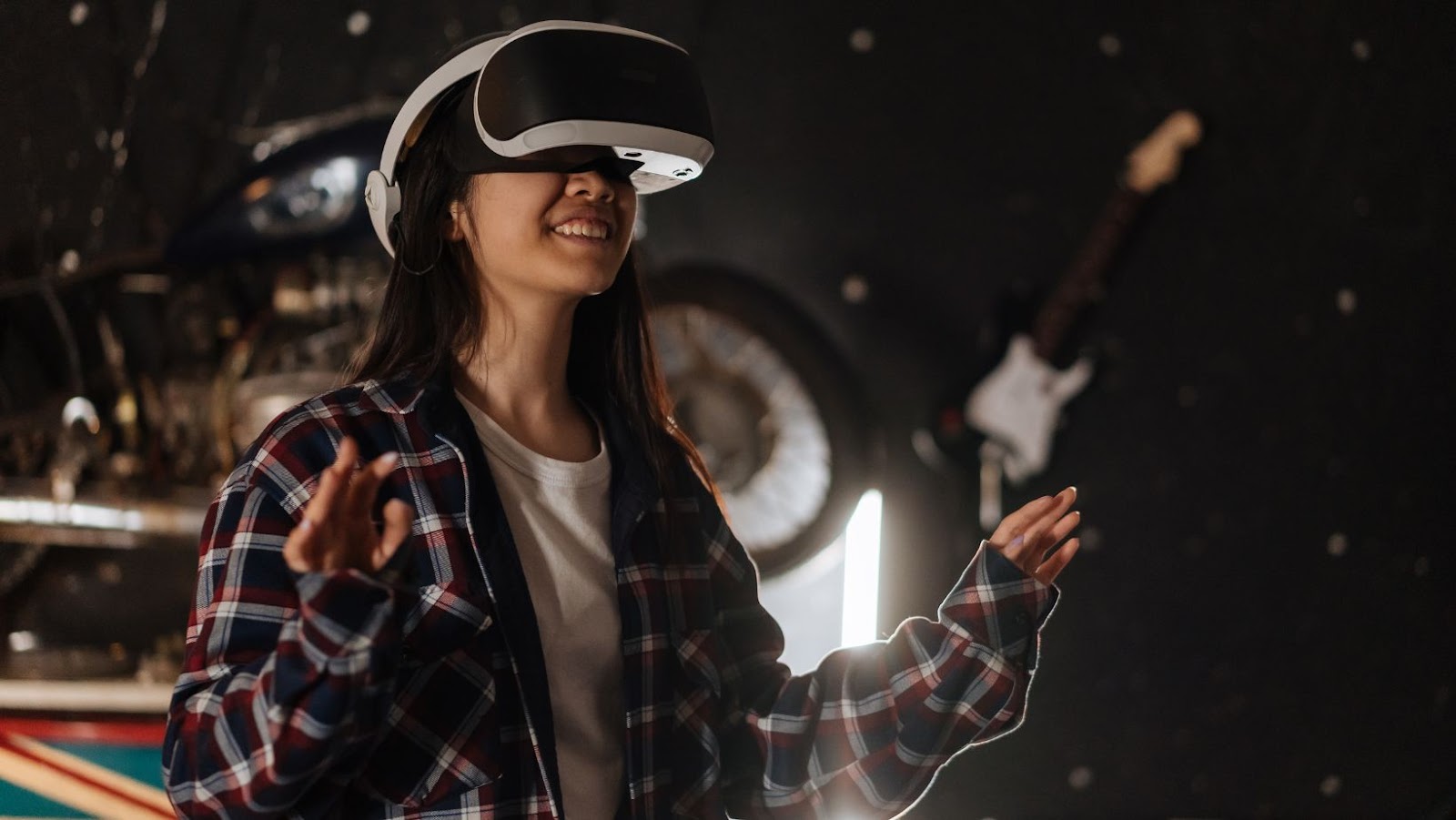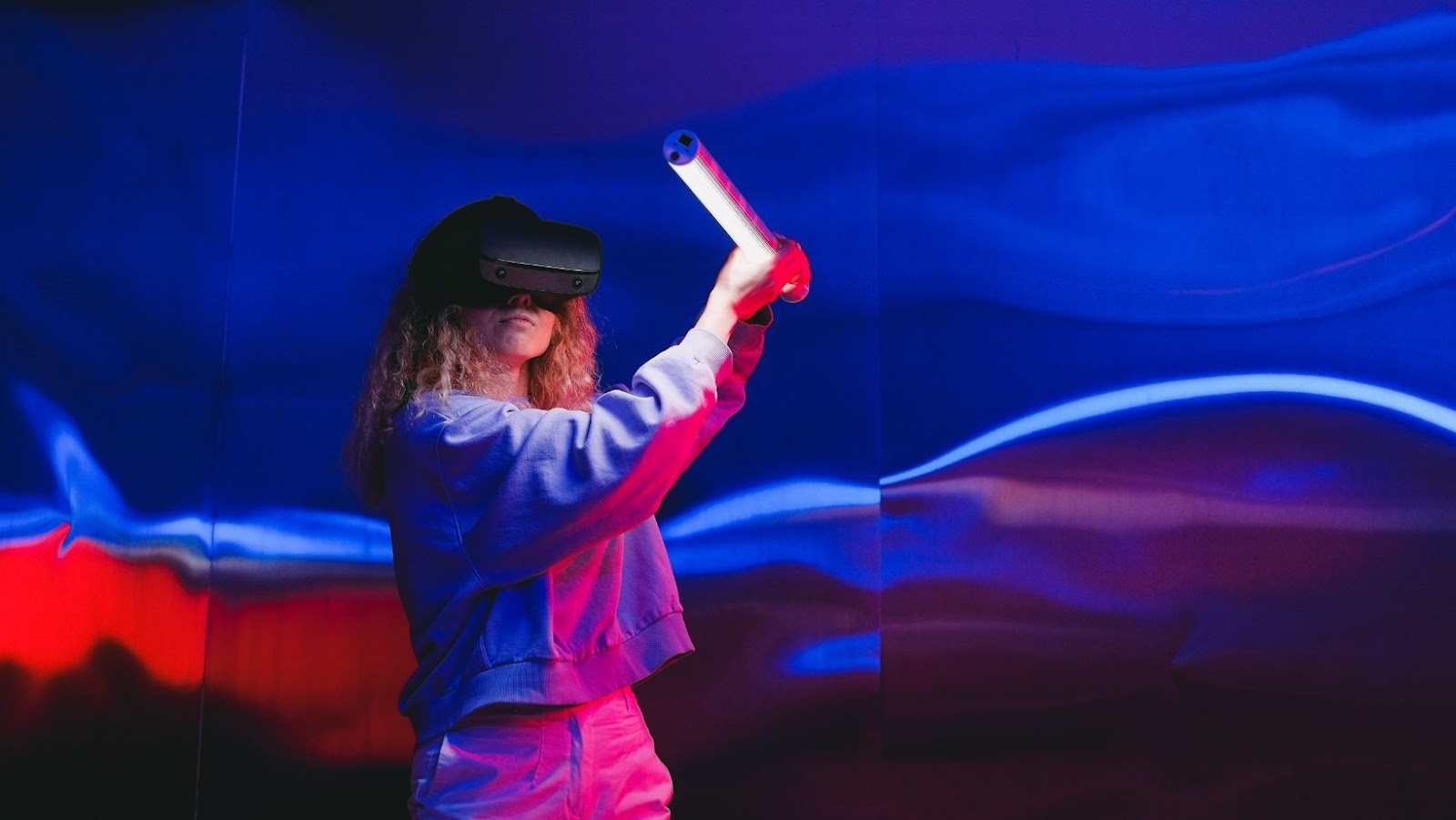From its initial stages as a niche technology, Virtual Reality Future Predictions has made significant strides, rapidly becoming a mainstream phenomenon. In the early years, VR systems were bulky and expensive, accessible only to a select few. Innovations in hardware and software, however, have drastically reduced costs and improved user experience, making VR accessible to a broader audience.
- 1990s: The introduction of commercial VR systems like Sega VR and Virtuality.
- 2012: Oculus Rift’s Kickstarter campaign, setting new standards for VR headsets.
- 2016: Launch of consumer-grade VR headsets such as HTC Vive and PlayStation VR.
Technological advancements have enabled more immersive and realistic VR environments. Improvements in display resolution, motion tracking, and haptic feedback have significantly enhanced user experience. Companies like Oculus, HTC, and Sony continue to push boundaries with each new product release.
- Gaming: VR gaming has seen exponential growth, offering players immersive experiences in virtual worlds.
- Education: VR classrooms allow interactive learning, making education more engaging and effective.
- Healthcare: VR aids in remote surgeries, mental health therapies, and medical training.
- Remote Work: Virtual offices and collaborative tools enable teams to work together across the globe.
These advancements illustrate the transformative impact of VR across various sectors. As VR technology further evolves, its potential applications will only expand, driving innovation and redefining digital interaction.
Modern VR systems prioritize user comfort and seamless interaction. Lightweight designs, ergonomic controllers, and intuitive interfaces are essential aspects of current VR headsets. Features like spatial audio, eye tracking, and finger tracking contribute to more immersive and natural experiences.
Research in VR technology continues to explore new possibilities, aiming to create even more realistic virtual environments and interactions. The focus remains on enhancing user immersion and reducing the barriers to entry, ensuring VR becomes an integral part of daily life.
 Current State Of Virtual Reality
Current State Of Virtual Reality
Virtual Reality Future Predictions has garnered significant attention in recent years. To understand its trajectory, it’s essential to examine its current industry adoption and popular applications.
Multiple industries are incorporating virtual reality to enhance processes and user experiences.
- Gaming: Companies like Sony, Oculus, and Valve are integrating VR for immersive gaming experiences.
- Education: Institutions are using VR for interactive learning, especially in subjects like history and science.
- Healthcare: VR aids in surgical simulations, mental health treatments, and patient rehabilitation.
- Real Estate: Agencies implement VR for virtual tours, helping clients visualizing properties remotely.
- Training Programs: Corporations employ VR to train employees in safe, controlled environments, simulating real-world scenarios.
Virtual reality encompasses a range of applications beyond gaming.
- Simulation Training: Pilots, surgeons, and military personnel benefit from realistic VR simulations.
- Virtual Tours: Museums and travel companies offer VR tours, providing access to remote or historical locations.
- Social VR: Platforms like VRChat allow users to interact in virtual environments, enhancing social interactions.
- Therapeutic Use: VR techniques treat PTSD, anxiety disorders, and phobias through controlled exposure therapy.
- Architectural Visualization: Architects use VR to visualize building designs, improving client presentations and design accuracy.
The ongoing evolution of virtual reality is marked by broadening industry adoption and diverse applications, making it a focal point for technological innovation and integration.
 Technological Advancements On The Horizon
Technological Advancements On The Horizon
Virtual reality’s future hinges on technological advancements across hardware and software. Pioneering efforts in these areas promise to elevate VR experiences to unprecedented heights.
Headsets are becoming more comfortable and lighter. Companies like Oculus and HTC are integrating advanced materials that reduce weight without compromising durability. Display resolution continues to improve, with some headsets already sporting 8K resolution (VRFocus, 2021). Motion tracking is becoming more precise, offering sub-millimeter accuracy. Sony, for example, has implemented advanced motion sensors, enhancing immersion by capturing even the slightest movements. Haptic feedback is evolving as well, delivering varied sensations through sophisticated actuators embedded in gloves and suits. This technology provides users with tactile feedback, enriching interactive experiences.
Software enhancements are transforming how users interact with VR environments. Artificial intelligence is now playing a critical role in developing smarter, more responsive virtual worlds. AI algorithms enable dynamic content generation, adapting scenarios in real time based on user actions. Additionally, game engines like Unity and Unreal Engine are incorporating advanced physics and realistic textures, creating stunningly lifelike environments. 5G connectivity is another game-changer, slashing latency and enabling seamless streaming of high-quality VR content. Enhanced cross-platform compatibility allows users to access VR applications across different devices, from headsets to smartphones, ensuring a unified experience.